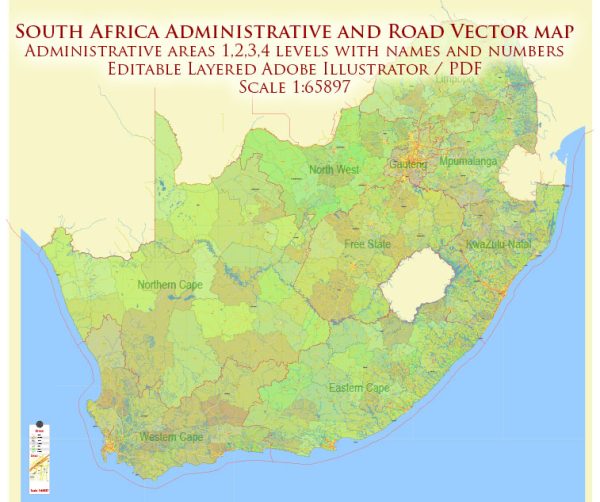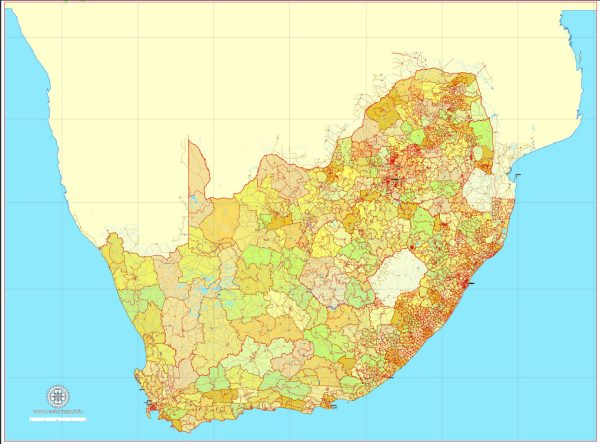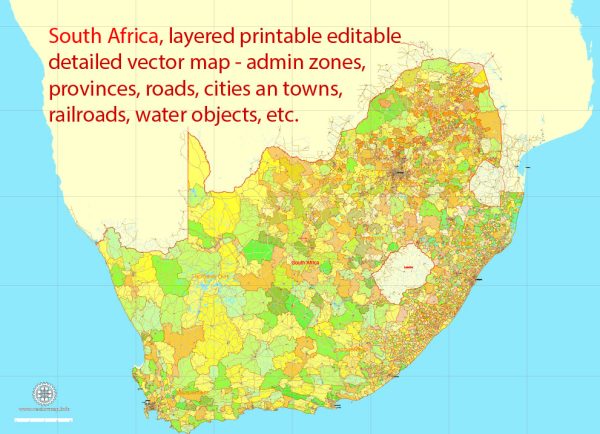South Africa has a well-developed transportation infrastructure that includes maritime and air transportation. Here’s an overview of South Africa’s maritime and air transportation:
Maritime Transportation:
- Ports:
- South Africa has several major ports, with Durban, Cape Town, and Port Elizabeth being among the busiest. Durban is the largest container port in the country.
- These ports play a crucial role in facilitating international trade, handling various types of cargo, including containers, bulk goods, and automotive products.
- Shipping Routes:
- South Africa’s strategic location at the southern tip of the African continent makes it a key hub for maritime trade routes. The country is a gateway to the Indian Ocean and is an important waypoint for ships traveling around the Cape of Good Hope.
- Shipping Companies:
- Several international shipping companies operate in South African waters, connecting the country to major global trade routes.
- Maritime Security:
- Due to the strategic importance of its ports and maritime routes, South Africa places a significant emphasis on maritime security to prevent piracy and ensure the safety of vessels.
Air Transportation:
- Airports:
- South Africa has a well-developed network of airports, both international and domestic. OR Tambo International Airport in Johannesburg, Cape Town International Airport, and King Shaka International Airport in Durban are major international gateways.
- Airlines:
- South Africa is home to several airlines, with South African Airways being the national carrier. Additionally, various international airlines operate flights to and from the country, connecting it to destinations worldwide.
- Air Traffic Control:
- The country has a sophisticated air traffic control system to manage the movement of aircraft in its airspace. This ensures the safe and efficient operation of flights.
- Cargo and Passenger Traffic:
- Airports in South Africa handle a significant volume of both passenger and cargo traffic, contributing to the country’s connectivity and economic activities.
- Infrastructure Development:
- The government has invested in upgrading and expanding airport infrastructure to accommodate the growing demand for air travel.
- Regional Connectivity:
- South Africa serves as a key hub for air travel within the Southern African region, connecting neighboring countries through direct flights and contributing to regional economic integration.
It’s important to verify this information with more recent sources, as developments in transportation infrastructure can occur rapidly.




 Author: Kirill Shrayber, Ph.D.
Author: Kirill Shrayber, Ph.D.